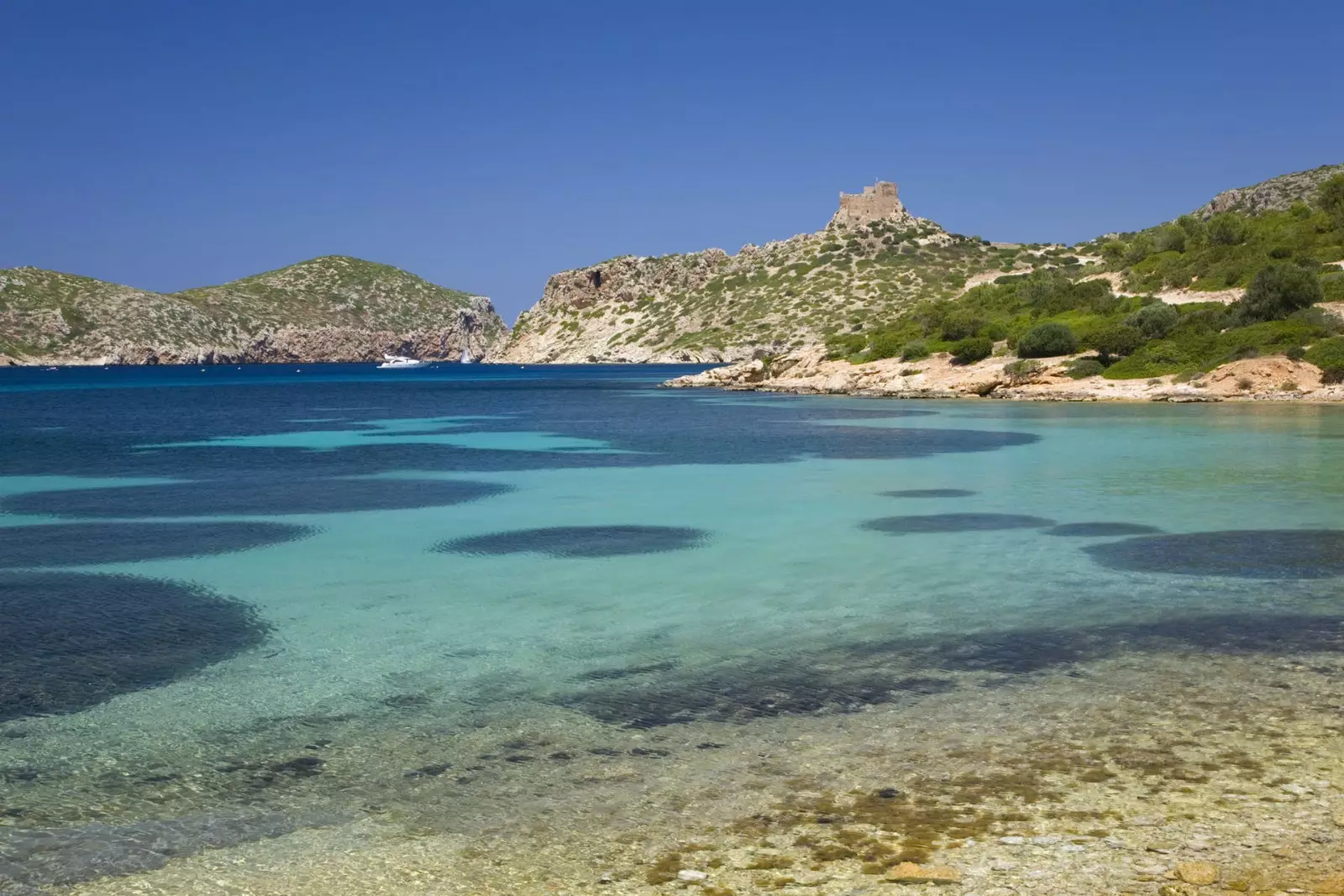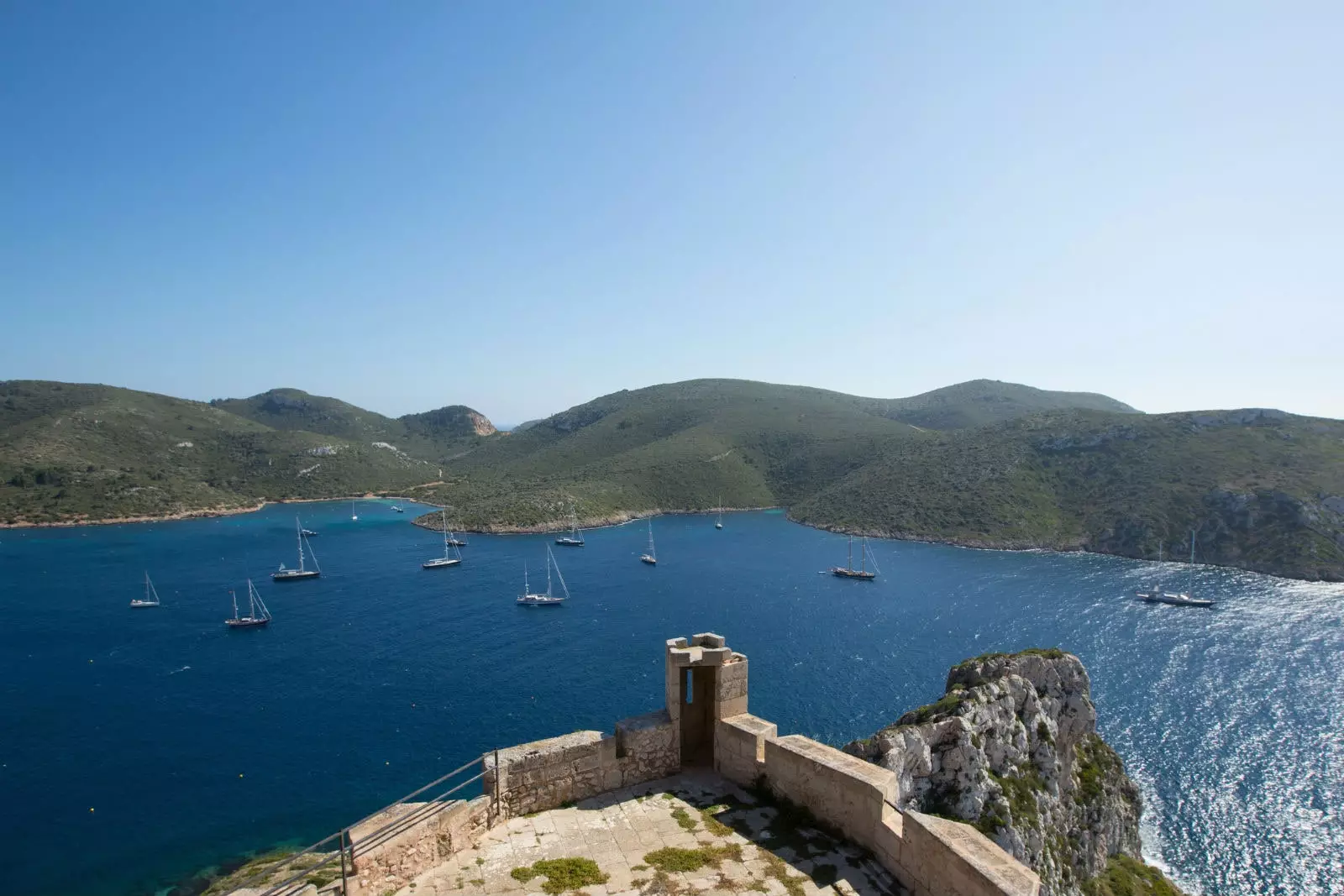
Cabrera is already the largest National Park in Spain.
"At last!" is the most repeated phrase since the government announced that finally the Cabrera Archipelago Maritime-Terrestrial National Park , in the Balearic Islands, would be armored. From about 10,000 hectares it has gone on to have protected about 90,000 hectares , a milestone in our country and great news (which will serve as a precedent) for our punished Mediterranean.
WHAT DOES IT MEAN AND WHY IS IT SO IMPORTANT?
The new legislation on Cabrera National Park It also includes deep areas that reach 2,000m, thus incorporating protected ecosystems such as Posidonia meadows, coral reefs, laminaria forests and deep corals.
As well as an imposing underwater escarpment, very similar to a cliff, and areas of great importance for cetaceans -sperm whales and dolphins-, and large migratory fish such as tuna and swordfish.
In this way, ** Cabrera is already the largest National Park in Spain **, including the terrestrial national parks, and the second largest maritime park in the western Mediterranean.
" The Mediterranean is one of the most punished seas in the world , with extremely high levels of overfishing, pollution problems and high vulnerability to climate change. Therefore, this enlargement not only represents an advance in marine conservation for the Balearic Islands and the Spanish Mediterranean, but it represents a milestone for the conservation of the mare nostrum in general" Marta Carreras, a marine scientist at Oceana Europe, tells Traveler.es.

A legacy for our future generations.
A STEP FOR MARINE CONSERVATION
Oceana, along with other environmental organizations, have been claiming this Legal shield for Cabrera , but it has taken many years to arrive. Why? There seem to be several reasons, the most relevant being that Thanks to new technologies, coral reefs have been discovered , etc., and expand the protection zones -always more focused on the coasts-.
"On the other hand, the fact that the Cabrera waters have shared management with the Balearic government and the state government, have slowed down the process. About three legislatures of different political colors have passed since the campaign to expand the park began. There has not always been enough understanding and will for the marine conservation between these governments," says Marta.
The maximum legal protection is that granted at the highest level , which means that they protect themselves both species and ecosystems that live on the seabed , such as those that inhabit the water column, also including fauna and flora.
" This does not mean that all human activities are prohibited , only those that are compatible with conservation are simply allowed. For example, trawling will not be allowed for being a destructive practice with the seabed or other types of industrial fishing that has a high extraction capacity, such as surface longline . But it will be allowed artisanal fishing , ensuring that it is carried out in a sustainable way," says Marta Carreres of Oceana Europe.
THE FUTURE OF TOURISM IN THE BALEARIC ISLANDS
You don't have to be an ecologist or biologist to know that the tourist excesses of the Balearic Islands they are taking their toll, especially in summer. So it's time to protect them before it's too late.
" It is necessary to establish measures that better regulate tourism so that the natural resources of the islands are not endangered and allow the local population to live with dignity. Tourism is a very positive economic activity , but if limits are not set, an excess can become very harmful," adds the scientist.
Will it be possible, then, to visit Cabrera? How will compliance with the law be monitored? " yes you can visit , but with certain restrictions. For example, there must be a maximum number of visitors , signposted areas, divers quotas, permitted boat quotas, etc. One of the objectives of the National Parks is create an active social conscience , favorable and committed to its conservation, for which the visits must be focused in this sense".
And she ends: "It must be said that currently, the advancement of technology allows surveillance and control activities to be carried out at a lower cost. Some examples are the use of drones, radars and satellite tracking systems for vessels ".
